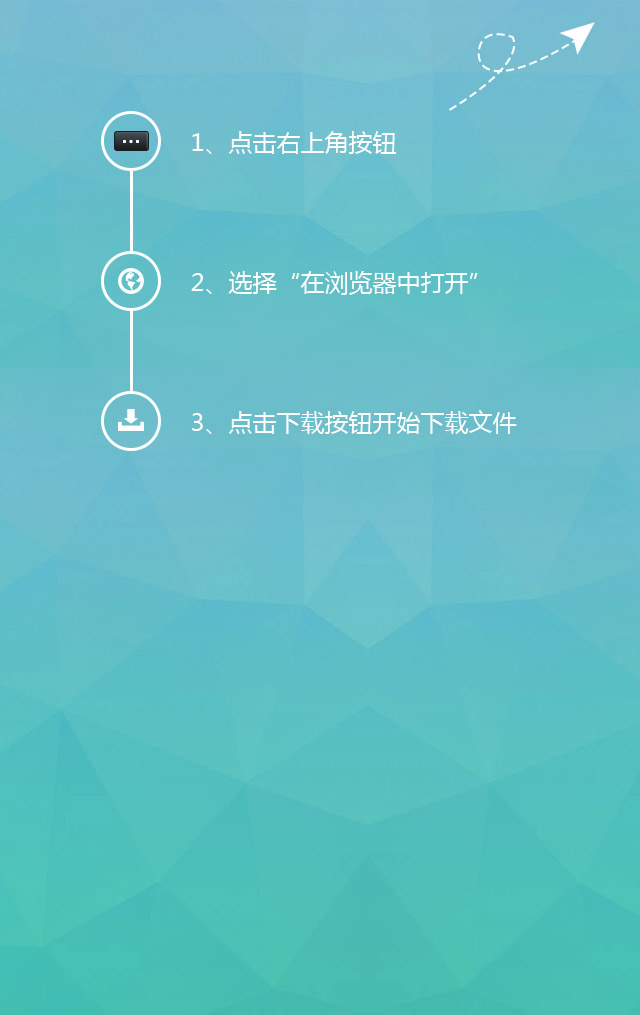What are the classifications of PCB circuit lines?
Classification of PCB Traces
Printed Circuit Board (PCB) traces can be categorized based on functionality, structure, material, manufacturing process, and other characteristics. Below are common classification methods:
I. By Function
Power Lines
Transmit high current or voltage, typically wider to reduce resistance and heat.
Examples: CPU power lines on motherboards, output lines of power modules.
Signal Lines
Transmit low-current signals (e.g., digital, analog), narrower in width.
Divided into high-speed signal lines (e.g., USB, HDMI) and low-speed signal lines (e.g., button control signals).
Ground Lines
Provide reference potential for circuits, often using large-area copper pours to reduce impedance and electromagnetic interference (EMI).
Common types: single-point grounding, multi-point grounding, hybrid grounding.
Differential Pairs
Paired traces with equal length and width for transmitting differential signals, offering strong noise immunity.
Applications: USB, Ethernet, PCIe, and other high-speed interfaces.
II. By Layer Structure
Single-Layer PCB
One conductive layer, simple design, low cost; used in low-complexity circuits (e.g., toys, basic appliances).
Double-Layer PCB
Conductive layers on both sides, connected by vias; suitable for medium-complexity circuits (e.g., home appliance control boards).
Multi-Layer PCB
Four or more layers with internal power and ground planes; used for high-density, high-speed designs (e.g., smartphones, computer motherboards).
III. By Material and Process
Rigid PCB
FR-4 (glass-reinforced epoxy) substrate; widely used in consumer electronics and industrial equipment.
Flexible PCB (Flex PCB)
Polyimide (PI) substrate; bendable for wearables, camera modules, etc.
High-Frequency PCB
Special materials (e.g., Rogers RO4000, PTFE); used in 5G communications, radar systems, and high-frequency applications.
Metal Core PCB (MCPCB)
Aluminum or copper substrate for superior heat dissipation; common in LED lighting and power modules.
High-Density Interconnect PCB (HDI PCB)
Uses microvias and buried vias for dense routing; found in smartphones, drones, etc.
IV. By Special Design Requirements
Impedance-Controlled Traces
Precisely calculated trace width, spacing, and dielectric thickness to match specific impedance (e.g., 50Ω, 100Ω); critical for RF and high-speed signals.
Shielded Traces
Surrounded by ground planes or guard rings to minimize crosstalk; used in analog circuits and sensitive signals.
Antenna Traces
Designed for wireless communication, optimizing radiation efficiency and frequency matching (e.g., Wi-Fi, Bluetooth antennas).
Power Planes
Full-layer copper in multi-layer PCBs for uniform power distribution and reduced voltage fluctuations.
V. By Application Scenarios
Consumer Electronics | Multi-layer PCBs, HDI PCBs, Flex PCBs (e.g., smartphone motherboards) |
Automotive | High-temperature PCBs, thick-copper PCBs (e.g., ECU control boards) |
Aerospace & Defense | High-frequency PCBs, high-reliability PCBs (e.g., satellite modules) |
Medical Devices | Flex PCBs, biocompatible-material PCBs (e.g., pacemakers) |
Summary
PCB trace classification depends on design requirements:
High-speed signals require impedance matching and length matching.
High-power circuits demand wider traces and thermal management.
High-frequency applications need low-loss materials.
Selecting appropriate trace types and processes is key to ensuring circuit performance and reliability!
Recommend
-

-

QQ Zone
-

Sina Weibo
-

Renren.com
-

Douban







